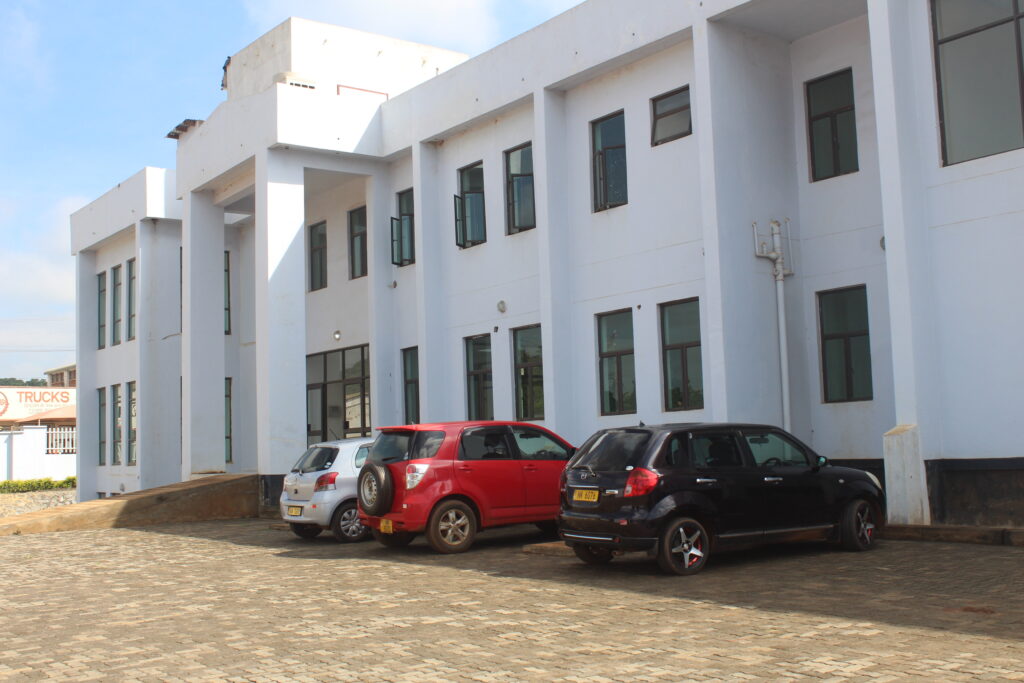
Mining & Trade News
Malawi Online News
Top Stories
Mining
New mineral processing facility to benefit Malawi’s small scale miners
April 01, 2024 / Harry Witness Mombanyah

The Ministry of Mining says construction of the new mineral laboratory in Area 4, Lilongwe will adequately benefit the artisanal and small scale miners (ASMs) in Malawi.
Public Relations officer in the Ministry Tibonge Kampondeni tells Mining & Trade Review that the construction of the Mineral Laboratory, which State President Lazarus Chakwera mentioned in his State of the Nation Address at the opening of the current budget sitting of Parliament, was completed and some of the equipment has been purchased, waiting for commissioning.
She says the facility will start operating once the equipment is commissioned and the staff are trained on how to operate it.
Kampondeni explains that when the laboratory is commissioned, the Ministry will utilize it to provide training programmes to ASMs in cutting and polishing of stones, and some value addition in order to generate more revenue from their products.
“When you do value addition, prices increase. This will result in more revenue generation for the ASMs,” says Kampondeni.
She says understanding that most of the ASMs sell raw minerals which reduces their benefits, the new facility will focus on processing targeting gemstones.
“In terms of capacity building, we are looking at procuring more mineral analysis equipment, but currently we will focus on processing,” says Kampondeni.
She also says the Ministry of Mining will continue with its initiatives to support the ASMs to increase their productivity including formalizing them into registered cooperatives that can be easily accessed for provision of training and financial support.
Kampondeni says the Ministry has planned to continue training the ASMs in sustainable mining and recent technologies to help them mine optimally to avoid cracks in the stones.
Malawi’s 2023 annual economic report indicates that in 2022, the country recorded higher gemstone production amounting to 329.45 tonnes reflecting an increase of over 2000 percent compared to the production in 2021.
Gemstones produced included aquamarine, amethyst, citrine, garnet, rhodolite and ruby. The report, nonetheless, says that despite high gemstone production, value addition is still very low such that potential revenues are lost as gemstones fetch lower prices in their rough (unprocessed) form.
“Investment in value addition would generate significant income, provide employment opportunities, and create business opportunities in jewelry production and selling,” reads the report.
Malawi has one of the most diverse ranges of coloured gemstones in the SADC region. Most gemstones are mined locally by artisanal or small-scale miners, whereas some are introduced into the market through international trade, especially from neighbouring countries such as Zambia and Tanzania.































